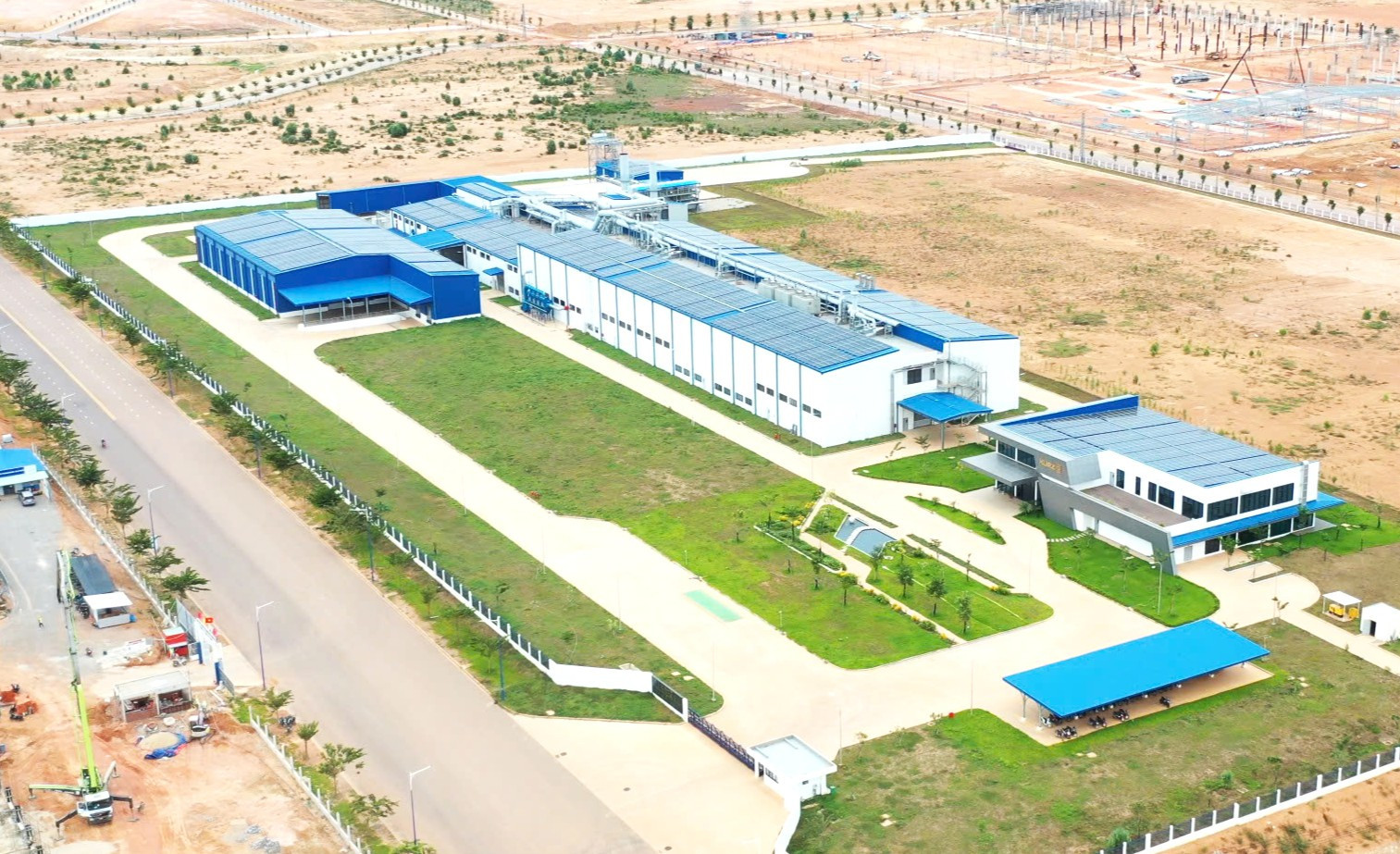Infrastructure in industrial zones must now meet strict environmental criteria, becoming a key component of investment attraction strategies, especially amid the push for sustainable development.

During a National Assembly Q&A session on June 19, many delegates voiced concern over the imbalance between the potential to attract investment and the availability of industrial land. Delegate Nguyen Van Danh from Binh Duong pointed out a paradox: while many existing industrial zones struggle to attract investors, some localities with significant advantages face land shortages.
In response, Minister of Finance Nguyen Van Thang emphasized that industrial zone development must not focus solely on quantity. “We must avoid a scenario where industrial zones are built indiscriminately, resulting in idle infrastructure, wasted land, and environmental harm,” he stated.
Current regulations stipulate that localities may only establish new industrial zones when existing ones reach at least 60% occupancy. This rule aims to ensure efficient land use and equitable distribution across regions. For localities facing land scarcity, the minister said flexible mechanisms and exemptions would be considered to facilitate investment attraction.
Environmental infrastructure is a mandatory requirement
Addressing other questions from delegates on investment criteria for industrial zones, Minister Nguyen Van Thang stressed that under current investment attraction strategies, it is mandatory for new industrial zones to include comprehensive environmental infrastructure. Specifically, all new zones must have centralized wastewater treatment systems, solid waste management facilities, and advanced environmental monitoring systems.
Old industrial zones are also being encouraged by the government to upgrade toward more environmentally friendly models. As of the end of May 2025, 92% of operating industrial zones had installed standard wastewater treatment systems, a significant increase from just 40% a decade ago. “This is a very positive sign, reflecting a strong shift toward sustainable development,” the minister noted.
Development must align with green investment goals
The government is also prioritizing the development of technical infrastructure aligned with green objectives. This includes expanding environmentally friendly and stable power supply systems, particularly to support high-tech and semiconductor industries, which are seen as new growth drivers.
In parallel, key transport projects such as expressways, belt roads, and railways connecting industrial zones with seaports and airports are being accelerated to reduce logistics costs, which remain a major barrier for businesses.
Importantly, the “green” element is no longer confined to the natural environment - it also encompasses digital infrastructure. Industrial zones are being developed into smart zones, applying digital technology to monitor and optimize operations. Integration of 5G networks, IoT sensors, and big data analytics is helping improve resource management and reduce energy use and waste, marking a major step in sustainable digital transformation.
“We need a comprehensive and modern approach to developing industrial zones - where technical infrastructure, environmental considerations, and digitalization must go hand in hand,” Minister Nguyen Van Thang emphasized. According to him, industrial infrastructure development is not merely about land or capital, but about comprehensive preparation to attract high-quality investment in line with global trends.
Current policies do not aim to expand industrial zone land at any cost. Instead, the focus is on quality, efficiency, and sustainability. Environmental factors are now viewed as the “passport” enabling Vietnam to become a trusted destination for strategic investors, especially as global standards for ESG (environmental, social, and governance) continue to rise.
nongnghiepmoitruong.vn